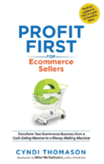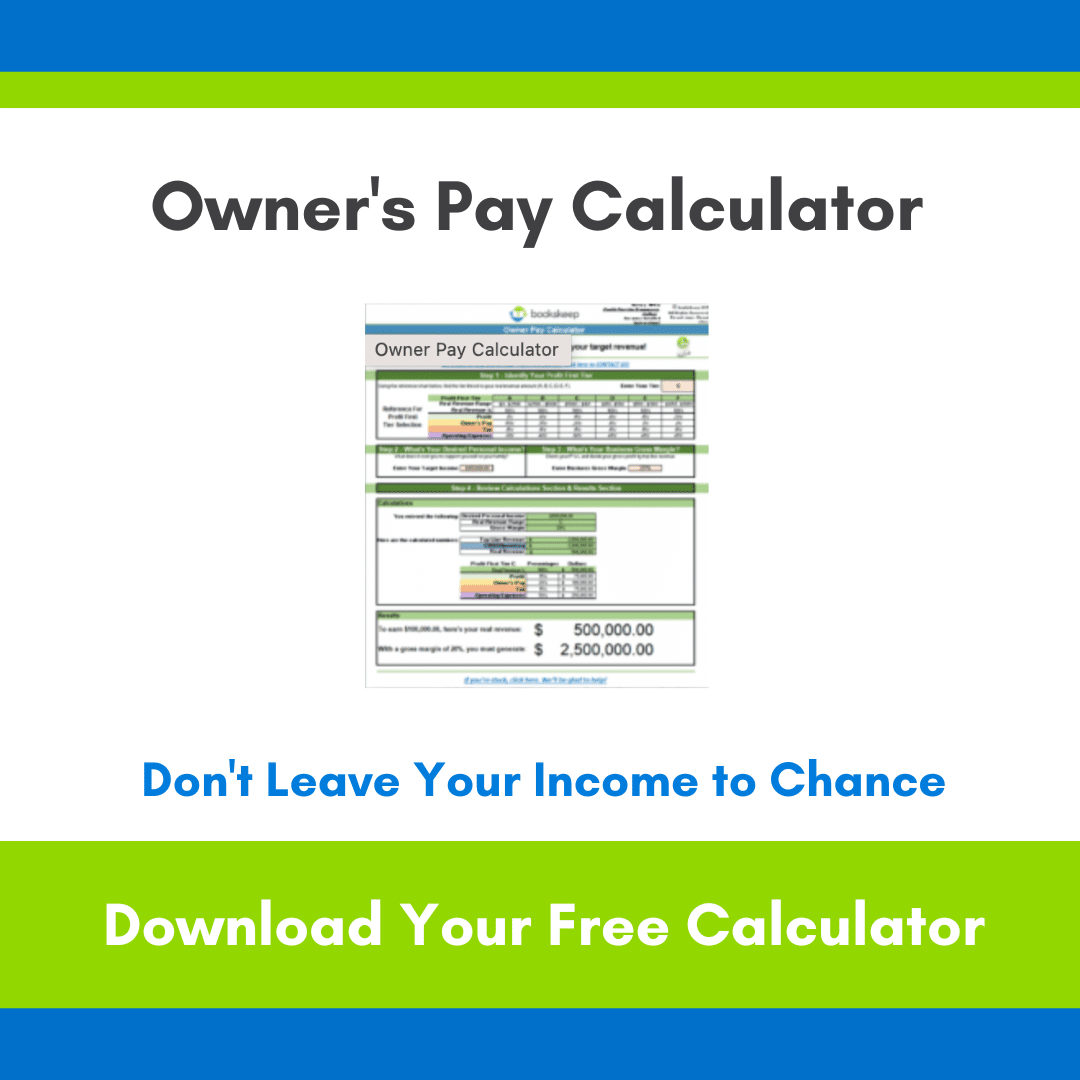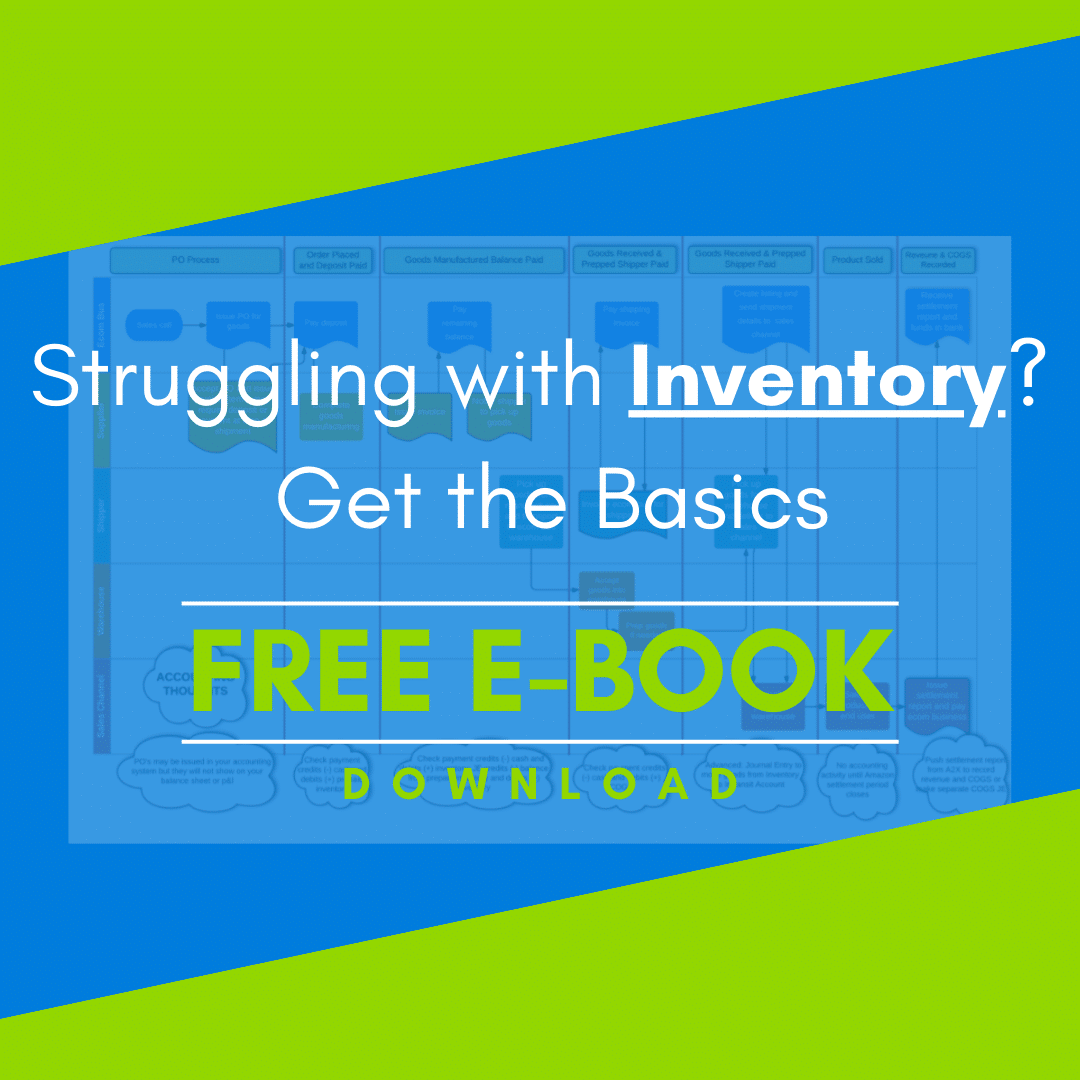This week is the second installment of the 4-part blog series on maximizing profits that I recently did for Teikametrics.com. If you missed the first one, check it out here!
I’m excited to be participating in a Teikametrics webinar on February 16th. The topic is “Advanced Accounting Tips to Grow Profits for Your Ecommerce Brand.” Learn more about the webinar and register here!
Maximizing Profit is the Goal – Let’s Understand Why!
Understanding the profit measure is important for several reasons. Remember this equation from the last article?
![]()
We learned that we must be efficient in converting our sales into profit. To understand this measure, we must consider the factors that impact Sales and Profit. Sales factors can include pricing and of course, inventory on hand. Profit factors can include the cost of our product, shipping costs, fees to sell on platforms, etc.
Another reason to focus on profit is to ensure that our lifestyle choices are accommodated by the business. Often clients get confused and think their lifestyle will be funded by the profits at the end of the day. However, that is backwards. The business was created to serve you, not the other way round. As a result, you must ensure that you generate enough profit to fund your lifestyle.
Start by determining the amount you will need from the business to cover your living expenses. Not your dream home and dream car. But what you can reasonably live off of and be comfortable, not extravagant. As a new business owner, you’re stepping out on a limb and you need to know how strong it is.
Owner Pay
Next, look at how much you have in savings. This will let you know how long your runway is to get to profitability. If you are planning to use your savings to fund your business, then be careful and ensure there is another safety net to catch you.
Also, realize that you are working in the business and you should be paid for that work. If you are not paying yourself so that you can grow your inventory faster, you are artificially propping up the business with free labor. The trap here is that you never work to get the gross profits needed to support the business with an employee other than yourself. You are stuck in this as a survival trap and you and your family begin to look at your business as a cash-eating monster and resent and it for the time it sucks away from your life.
A better approach is to plan, as early as possible, for your business to cover your personal time spent working with Owner Pay. The Owner Pay should grow over time as your business becomes stable and grows. Initially, it may not cover your personal lifestyle, but never lose sight of that objective. Even early in the game, Owner Pay should begin to reward you for the effort you’re putting into the business.
A Rainy-Day Fund
In addition to taking care of your pay, you want to be maximize your profits so you can build up a rainy-day fund. You never know when an inventory shipment might get lost or you might have to merchant fulfill because of a pandemic (UGH!!), or your account may get suspended and you still need operating capital. Once you have 3-6 months built up, or you are well on your way, then the profits can start to grow your business.
A mistake I see many sellers make is that they throw all their money into inventory before they have a business model dialed in and they aren’t creating enough cash to make the business work. They may have misread the price or the demand or they have bloated their operating expenses, and after a few short months they are looking for a loan to keep going. Another reason you want to ensure you’re maximizing profits is to have the needed cash to grow the business. In order to increase your inventory levels, add new products, add staff to reduce your load so you can focus on the primary roles you need to play, you need cash.
Of course, the next question is how much? Let’s start first with what a healthy business makes in profit, then you can start to budget out a plan based on your priorities. We recommend that our clients achieve a minimum gross margin of 30% to cover all the other operating expenses associated with maintaining and growing a business. The equation to calculate gross margin looks like this:
(Sales – Cost of Goods Sold = Profit) ÷ Sales × 100 = Gross Profit Margin
The Method Matters
The modified cash or accrual methods of accounting ensure that you are matching your Sales with the Cost of the Goods Sold which include shipping, packaging, selling fees and storage fees, etc. If you are not generating 30% gross margin as calculated above, your business will not generate the cash you will need to grow your business. When clients are significantly below the 30% level, they typically have to rely on debt to keep the business operating.
While there are times when debt is useful in a business, propping up a business that is not able to generate a profit is not a good time to use debt. It is a signal to slow up and look at your products in your portfolio. Ensure that each product is generating adequate profits. If not, make the improvements in price or cost structure or remove it from your product mix. This is the time to be dispassionate, not sentimental. Low margin products tie up your cash and will kill your business.
The end game or exit strategy is the final reason to concentrate on profitability. A potential buyer will find your business more attractive and your business will bring a higher multiple if your business is generating profits and cash. When we talk with brokers, it is encouraging to add back many operating costs that have been incurred as a tax minimization strategy. Yet, when the gross margins aren’t adequate, the business becomes much less attractive.
Why Should I?
Sales revenue is exciting but there are many reasons to focus on a goal to maximize profitability:
- To ensure you are efficiently converting sales into profit
- To build up your Owner Pay to put the proper pressure on the business for the costs of your efforts and to ensure that you and your family do not start to resent the business
- To preserve the cash to cover a rainy day and grow the business
- To create a business is attractive to potential buyers when you want to exit
Join us in our next article where we delve into the levers that allow us to improve profitability.
Interested in Profit First for Ecommerce Bookkeeping?

You can also sign up for the Profit First for Ecommerce Sellers Online Course. As a Mastery Level, Certified Profit First Professional, I will teach you why Profit First works so well for ecommerce businesses and the particular challenges for businesses that have physical products requiring inventory management. You will learn how your behavior drives your money management habits for your business and how you can set up your business bank accounts to work with your habits. Contact Bookskeep for more information on ecommerce bookkeeping and accounting.





Leave a Comment